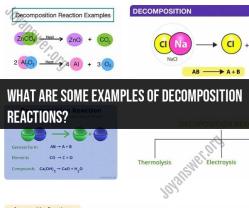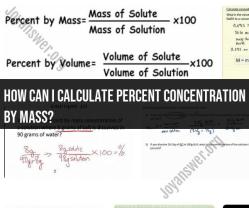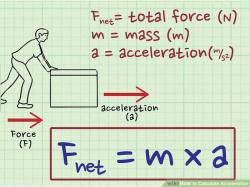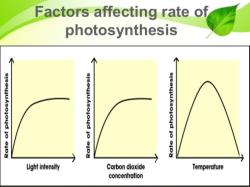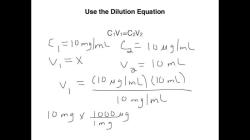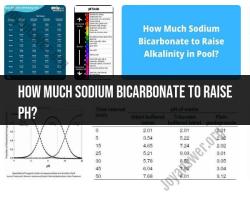What is work and kinetic energy?
Work and kinetic energy are fundamental concepts in physics that are closely related to each other. Let's explore the connection between these two concepts:
1. Work:
Definition: In physics, work is defined as the transfer of energy that occurs when a force is applied to an object, and the object is displaced in the direction of the force. Mathematically, work (W) is given by the formula: W = F * d * cos(θ), where F is the force applied, d is the displacement of the object, and θ is the angle between the direction of the force and the direction of displacement.
Units: The SI unit of work is the joule (J), which is equivalent to one newton-meter (N·m).
Significance: Work is done when energy is transferred from one system to another. It can result in a change in the kinetic energy or potential energy of an object.
2. Kinetic Energy:
Definition: Kinetic energy is the energy an object possesses due to its motion. It depends on the mass (m) of the object and its velocity (v). Mathematically, kinetic energy (KE) is calculated using the formula: KE = (1/2) * m * v^2.
Units: The SI unit of kinetic energy is also the joule (J).
Significance: Kinetic energy is a measure of how fast an object is moving and how much energy it carries due to that motion. When an object's speed increases, its kinetic energy also increases.
The Connection:
The connection between work and kinetic energy is described by the work-energy theorem, which states that the work done on an object is equal to the change in its kinetic energy. Mathematically, this can be expressed as:W = ΔKEwhere W is the work done on the object, and ΔKE is the change in its kinetic energy.
If a force is applied to an object, causing it to move and increase its speed, work is done on the object, and its kinetic energy increases.
Conversely, if work is done to slow down or stop an object, its kinetic energy decreases.
In situations where no net work is done (e.g., when the force and displacement are perpendicular, so cos(θ) = 0), there is no change in kinetic energy.
In summary, work and kinetic energy are intimately linked in physics. Work is the mechanism through which energy is transferred to or from an object, leading to changes in its kinetic energy, which, in turn, depends on its mass and velocity. Understanding this relationship is essential in various fields of physics, including mechanics and thermodynamics.








